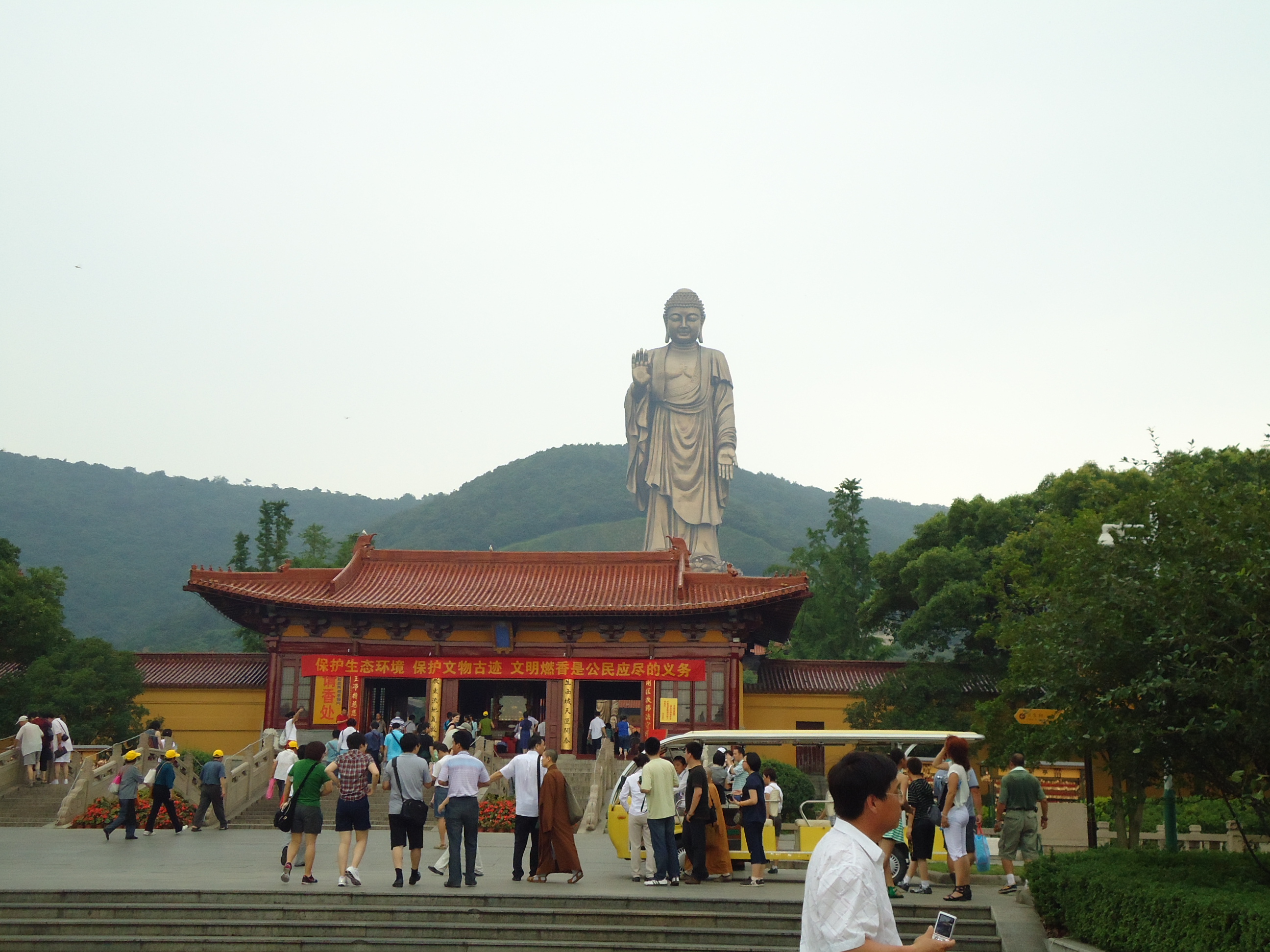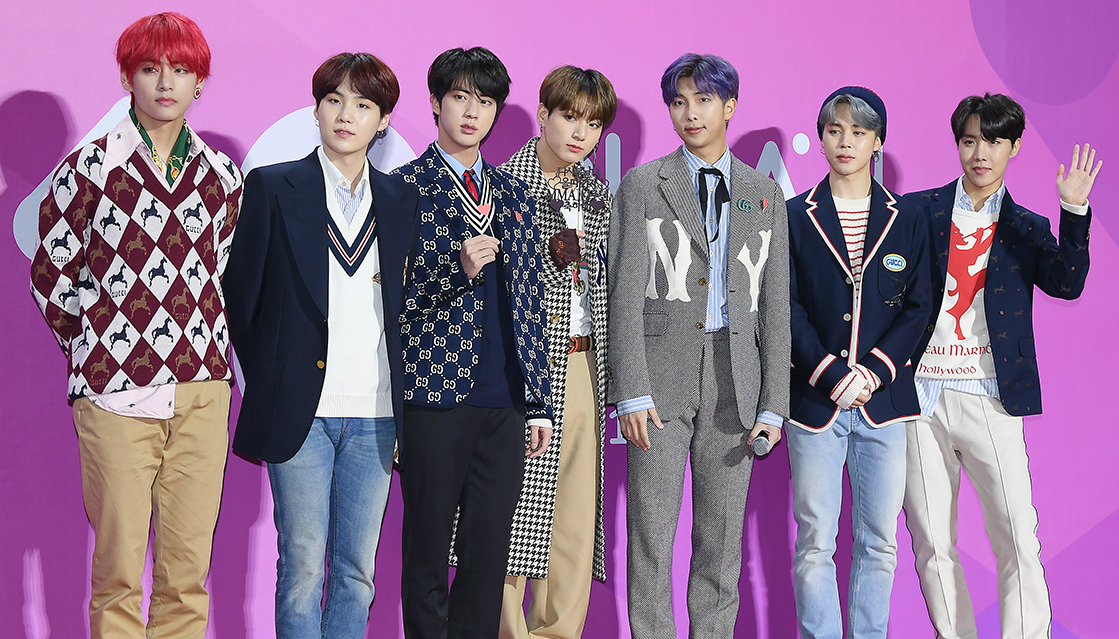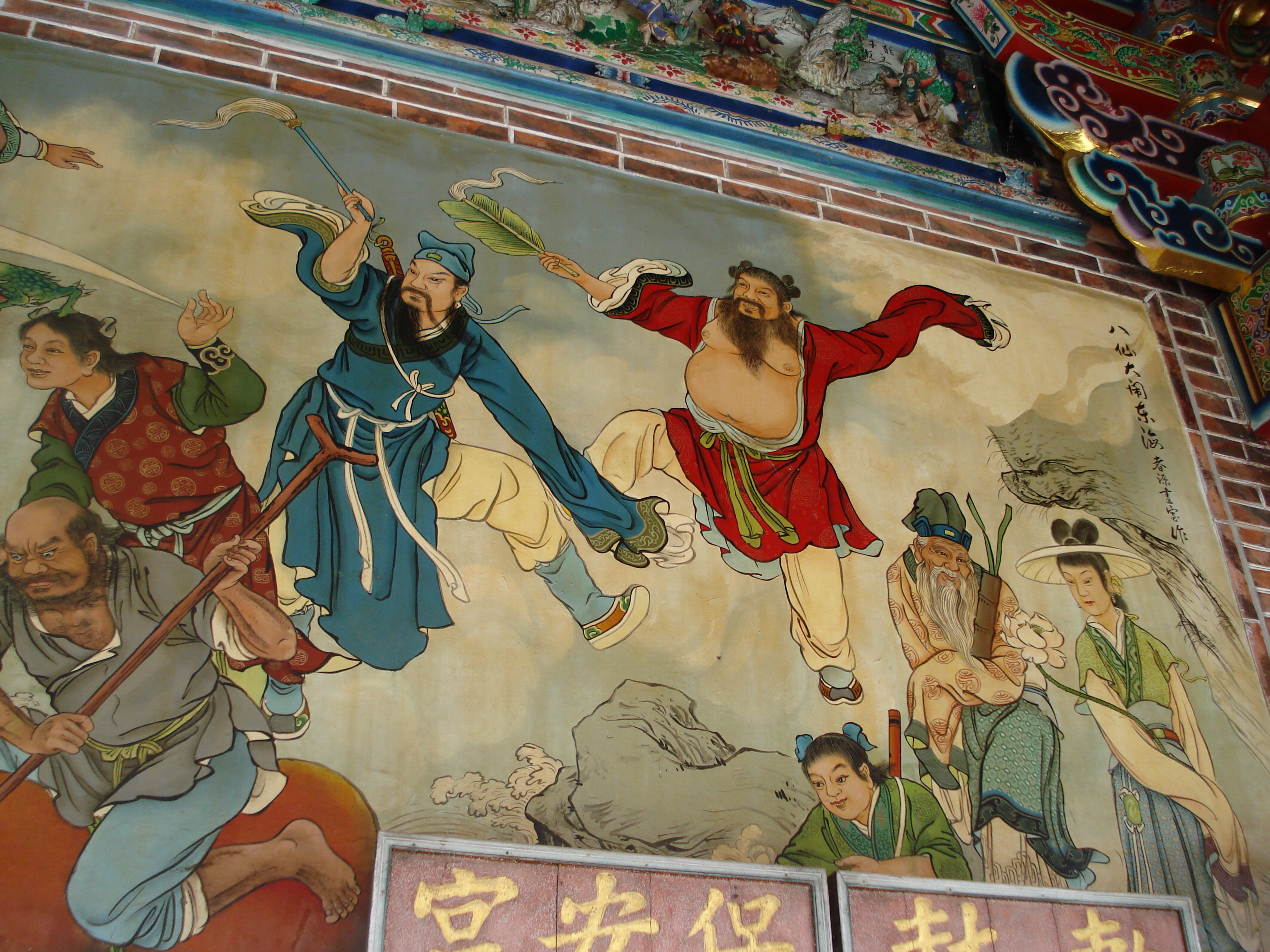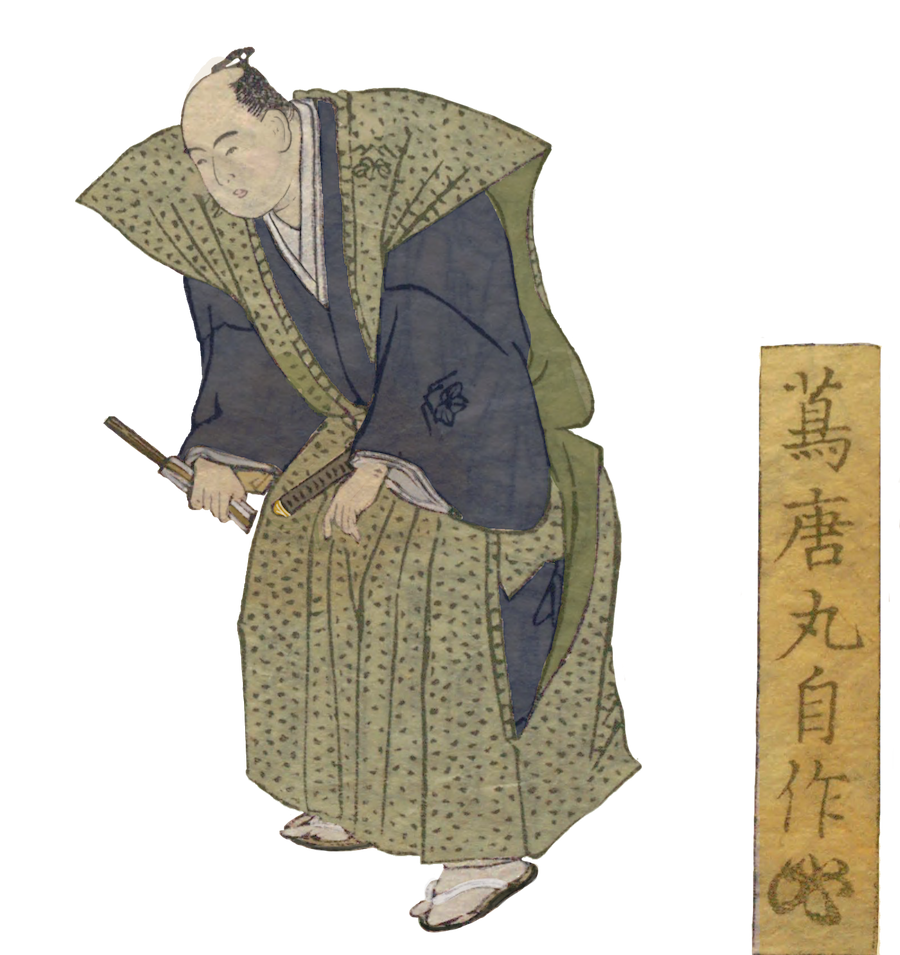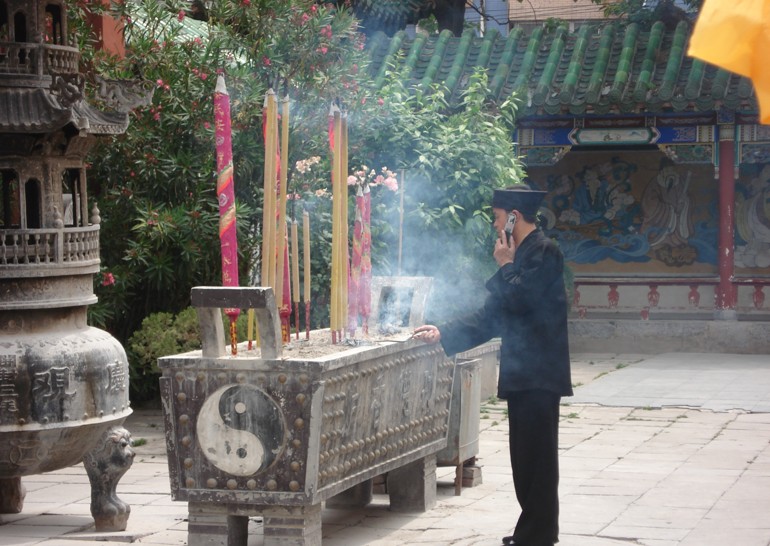
East Asian Popular Culture is a vibrant and fast-moving field. Study with us to pioneer a new academic approach and join the dots between past, present and future in the first programme of its kind.
East Asian Popular Culture is emerging as a vibrant and dynamic academic field. Become a key player in this growing area of study by joining our innovative 1-year MPhil in East Asian Popular Culture Across Time at the Faculty of Asian and Middle Eastern Studies.
This is a cutting-edge and intellectually ambitious programme that is set to welcome students starting in October 2026.
“With our broad range of expertise in media studies, literature, and visual culture, our Faculty is the ideal home for this programme. Our multi-regional and interdisciplinary approach, enriched by in-depth knowledge of the historical contexts, will enable you to study popular culture in radical, new ways.”
Laura Moretti (Professor of
) Early Modern Japanese Literature and Culture
This first-of-its-kind MPhil pioneers a new academic approach to popular culture by connecting the past, present and future. With us, you will develop skills in analysing key cultural products while considering how they are shaped by transmedial flows and other processes including translation, adaptation, top-down design, and grassroots creativity.
Beyond borders
East Asia is home to vibrant cultural exchange, with joint productions, adaptations and fandoms that traverse multiple borders. Our new MPhil investigates these connections by adopting a transnational perspective that encompasses Greater China, Korea and Japan. We highlight cultural ecosystems that a single-country approach often overlooks.
Historical depth
Popular culture is often associated with the present. With us, you learn there is also an exciting historical dimension to this field, by going back as far as the sixteenth and seventeenth centuries. Join the dots from past centuries to present day to gain a deeper understanding of cultural change and continuity.
A breadth of media
We engage with a wealth of different media, from well-known stops – boybands, manga, and martial arts movies, for example – to the less-explored territories of graphic narratives, performing arts, religious practices, gaming in the premodern world, and much more. Media do not exist in a vacuum but reflect and shape social and political dimensions. With us, you explore how to draw meaningful connections between texts and contexts.
Shaping the field of popular culture
By extending beyond regional, historical, and media boundaries, our programme will help you rethink the study of popular culture. At the end of the programme you will have developed sophisticated skills that unlock the depth and breadth of this growing field of study in innovative ways. You will think about popular culture as you have never done before!.
Why our MPhil?
- We are ranked as the best UK university for Arts and Humanities and second best in the world in this field (THE Subject Rankings 2025).
- We received full scores on academic reputation, faculty student ratio, employer reputation, employment outcomes and international faculty reputation in the QS World University Rankings 2025.
- We are ranked number 1 out of 130 universities by the Complete University Guides’ University League Tables. East Asian studies ranked in the top 10 of subjects.
You study under the guidance of leading scholars in the field.
What will you study?
- Theoretical Approaches to Popular Culture
- Popular Culture in Premodern East Asia
- Popular Culture in Contemporary East Asia
Alongside the
Language prerequisites
You will engage with primary sources in English translation and with English-language scholarship. Knowledge of Japanese, Chinese, and/or Korean (modern and/or premodern) is desirable but by no means required.
Other requirements
Artwork by Anna Matthews
Anna Matthews graduated from the Faculty of Asian and Middle Eastern Studies in 2025 with Japanese Studies, writing a dissertation about what could be considered a nascent form of Japanese popular culture, a collection of folk songs called the Ryūtatsu bushi. She tried to capture an eclectic mix of different kinds of East Asian popular culture, both new and old in this image. Anna has enjoyed drawing from a young age, but throughout her time at university she neglected her old hobby. So given this opportunity upon graduation, she was happy to try some new techniques (digital art) and reacquaint herself with her old passion, albeit in an unfamiliar form.
Faculty Members with Research Interests in East Asian Popular Culture Over Time
I welcome proposals for graduate work in the areas of late-imperial Chinese literature, print culture, and Chinese religions.
Dr Inwood is happy to supervise students in topics relating to her research on modern and contemporary Chinese literature, culture and media.
Prof Moretti welcomes graduate students interested in Japanese premodern and early modern literature. She also strongly encourages projects that investigate early modern Japanese culture more broadly, including visual culture and woodblock prints; book history and/or textual scholarship in Japan; Japanese palaeography and calligraphy, and art.. She is also keen to supervise projects that work on issues of adaptation, canon-making, intervisuality, playfulness, humour, satire, metafiction, didactic prose, medicine in popular culture, and transmedia storytelling.
Dr Young is pleased to supervise graduate students interested in modern and contemporary Japanese and Okinawan literature, particularly where linked to themes and issues of imperialism, decolonisation, gender and sexuality, multilinguality, and translation.

